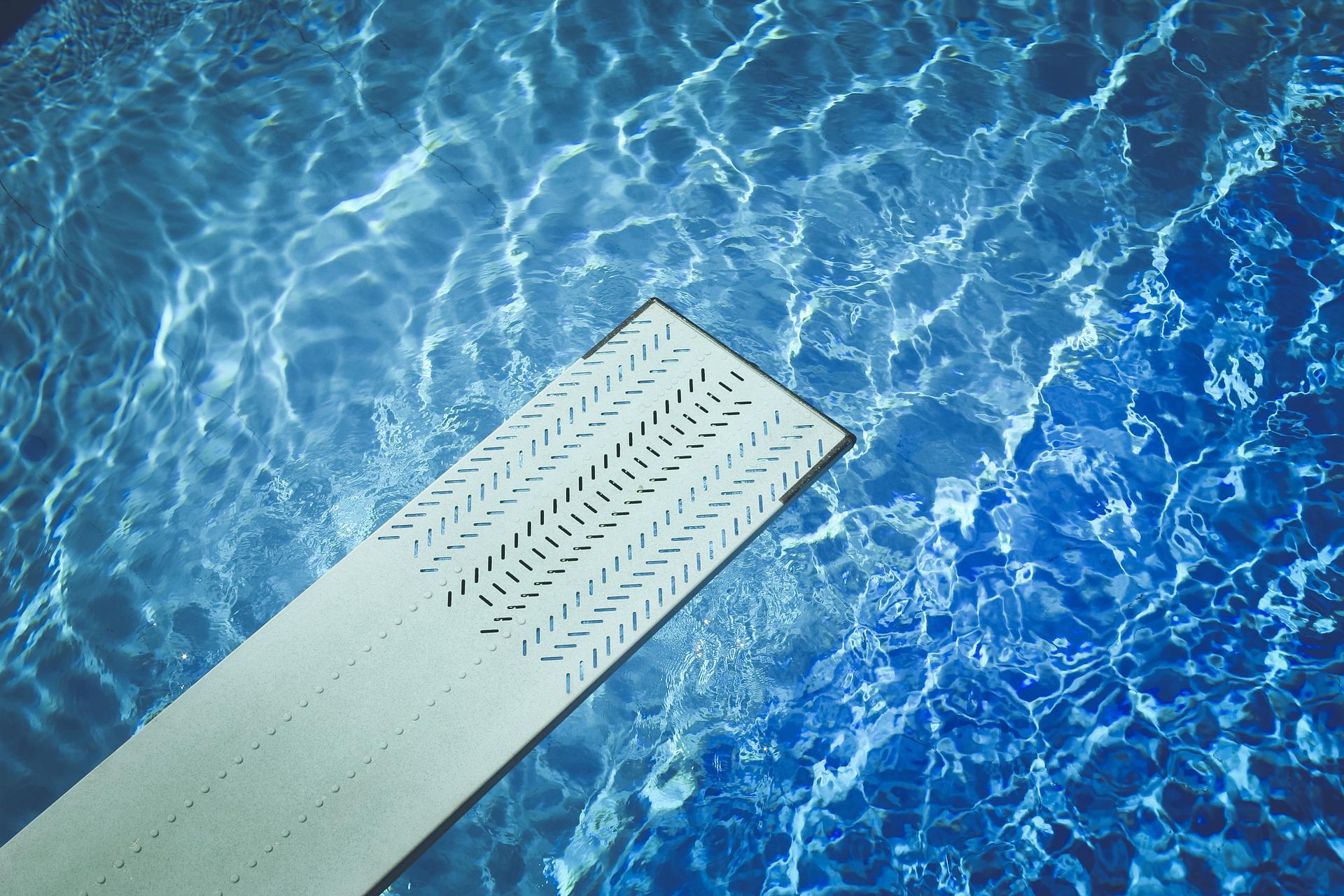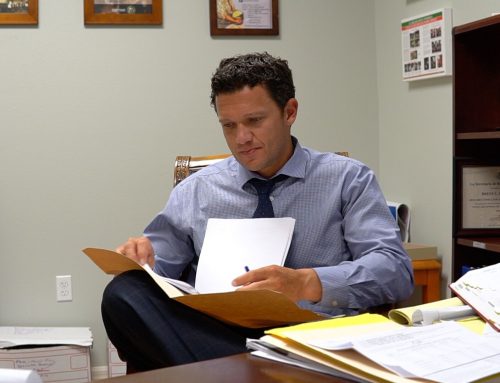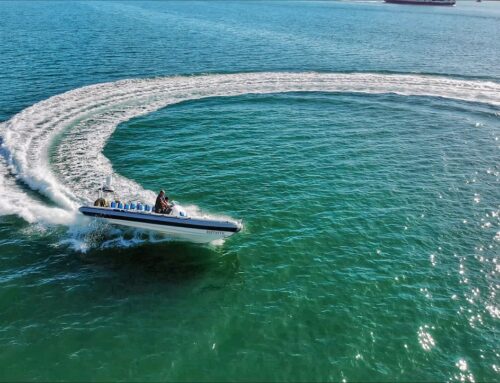With June just around the corner, every Floridian is already thinking about how we can cool down as the temperatures soar. One of the most common ways to beat the heat is heading for the nearest pool, but unfortunately for many, swimming pools are the site of many injuries each year. With summer upon us, both pool owners and visitors need to be aware of the dangers and do their best to avoid some of the most common injuries.
Most Common Hazards Around Swimming Pools
- Electrical Wiring: Water and electricity are not a good mix, but there are numerous components of most swimming pools that require electricity – such as pumps and lighting, which should be correctly connected to a GFIC. Additionally, all-metal components within three feet of the water line must be bonded with a heavy ground wire loop.
- Slippery Decks: Deck surfaces age and weather, ad as they do, they will become very slippery because of algae. To minimize the potential of slipping or falling on a pool deck, you should annually pressure wash the surface and add silica sand to your sealer for a textured and slip-resistant deck.
- Ladders & Stairs: Colored tile is used to decorate step edges, which makes it easier to see the edges of the steps underwater. However, if the steps are not illuminated, injury can easily occur at night. Swimming pool ladders can become loose as the concrete cracks or PVC weakens.
- Chemicals: Pool chemicals are a powerful blend of acids, alkalines, and poisons. Many of these chemicals, used for different purposes, react with one another – yet they are typically kept in close proximity. Chemicals kept on a residential premise should be stored in a controlled, dry, and locked location to prevent injury or harm.
- Suction Lines: The skimmer and the main drain are directly connected to powerful pumps that cause suction, with enough power to cause a life-threatening injury. Tragically, children are killed every year in pools with single suction main drains – which are now illegal. Dual suction main drains are now required, and proper use of main drain lids is critical to ensure the safety of those in the pool.
- Water Quality: Dangerous bacteria can lurk in dirty water. It is essential to ensure that the water quality is suitable for people swimming to avoid staph infections of the eyes, ears, nose, and throat. Inappropriate levels of chemicals can also cause severe skin reactions.
- Pool Toys: You may think inflatable toys are harmless diversions when it comes to swimming pools, but they cause many injuries and death to children. These toys can flip over and trap a smaller person under them. These toys are not suitable for swimming pools with children present.
Most Dangerous Pool Elements
Slides and diving boards pose the most danger around swimming pools. Slides are becoming less prevalent because of how dangerous they are – imagine a wet, slippery child climbing an 8-foot slide over concrete! But the most dangerous element, based on statistics, is the diving board. The risk of spinal and head trauma is exceptionally high in pools less than nine feet deep, representing most residential pools. Removing the diving board and establishing a “no diving” rule cuts the likelihood of a swimming pool injury in half.
You may be wondering why a law firm is writing about swimming pools – but given the number of people injured each year, personal injury law plays a significant role for those injured. Pool owners who take heed of these dangers and take measures to mitigate the risk may be protecting themselves from tragedy and lawsuits.
On the other hand, if you have been injured because of a pool owner’s negligence, call today to learn more about your rights and potential for compensation. Probinsky & Cole are personal injury attorneys based in Sarasota, Tampa, and Orlando.








